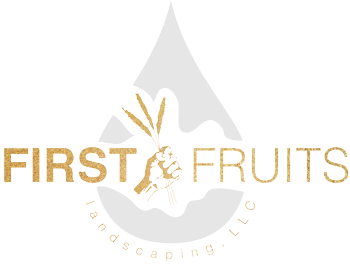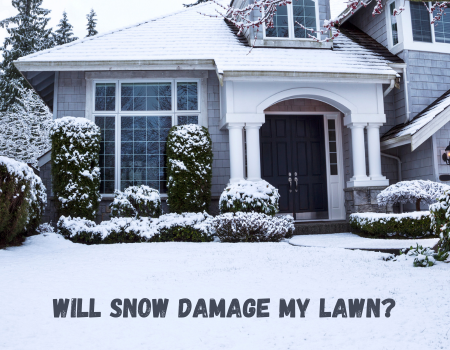The PNW has seen it’s fair share of snow over the past week or so which has left a few homeowners wondering if the snow can damage their lawns. While it’s easy to see why the thought of constant moisture is bad for grass, when it comes to the PNW climate, many varieties of grass are used to heavier rainfall than more drought-resistant varieties which is a plus when the snow starts to snick. In many instances snow can actually be beneficial to your lawn, but that doesn’t mean it comes without risks.
How Snow Protects Your Lawn
When it snows, you’ll often hear people use the term, “it’s a blanket of snow” and the reason being is that the snow creates a literal blanket over your landscaping, thus protecting it from harsh winter winds as dramatic temperature hikes and drops throughout the day. As the snow starts to melt it will slowly release moisture to your soil helping ensure that come spring, your lawn will be thriving.
Dangers of Snow on Your Lawn
While the snow is a great layer of protection and a natural watering source for your lawn, there are a few cons associated with the white blanket that all homeowners should be aware of:
- Snow Mold: If snow sits on your lawn for extended periods, particularly in late winter, it can create the perfect conditions for snow mold—a fungal disease that leaves unsightly patches on your grass.
- Soil Compaction: Frequent foot traffic over snow-covered grass can lead to compacted soil, which restricts root growth and reduces water absorption.
- Excessive Moisture & Waterlogging: Rapid snowmelt, especially when combined with heavy spring rains, can oversaturate the soil, potentially leading to waterlogging. Poorly draining soil exacerbates this issue, causing root rot and weakened grass.
- Ice Damage: In freeze-thaw cycles, melting snow can refreeze overnight, forming ice layers that suffocate grass and inhibit growth.
How to Prevent Snow-Related Damage
- Avoid Excessive Traffic: Minimize walking on snow-covered grass to prevent soil compaction.
- Improve Drainage: Ensure your lawn has proper grading and aerate the soil in the fall to enhance drainage.
- Shovel Strategically: When clearing driveways and walkways, avoid piling excessive snow onto the lawn.
- Rake Leaves Before Snowfall: Leaves trapped under snow can contribute to snow mold, so keep your lawn clear in autumn.
- Consider a Spring Cleanup: If your lawn appears waterlogged or patchy after winter, aerate and overseed in the spring to promote healthy growth.
Ultimately, when calling the PNW home, snow is a regular part of the winter climate and as long as you prepare for it, it can be a great tool to help prepare your lawn for spring while protecting it from the freezing climate. Whether you need to spruce up your landscaping to prep for the next snowfall, or you want to start discussing a full landscaping remodel, our team of professional landscapers are ready to help transform your outdoor spaces into a true oasis. Contact us today to get started!

